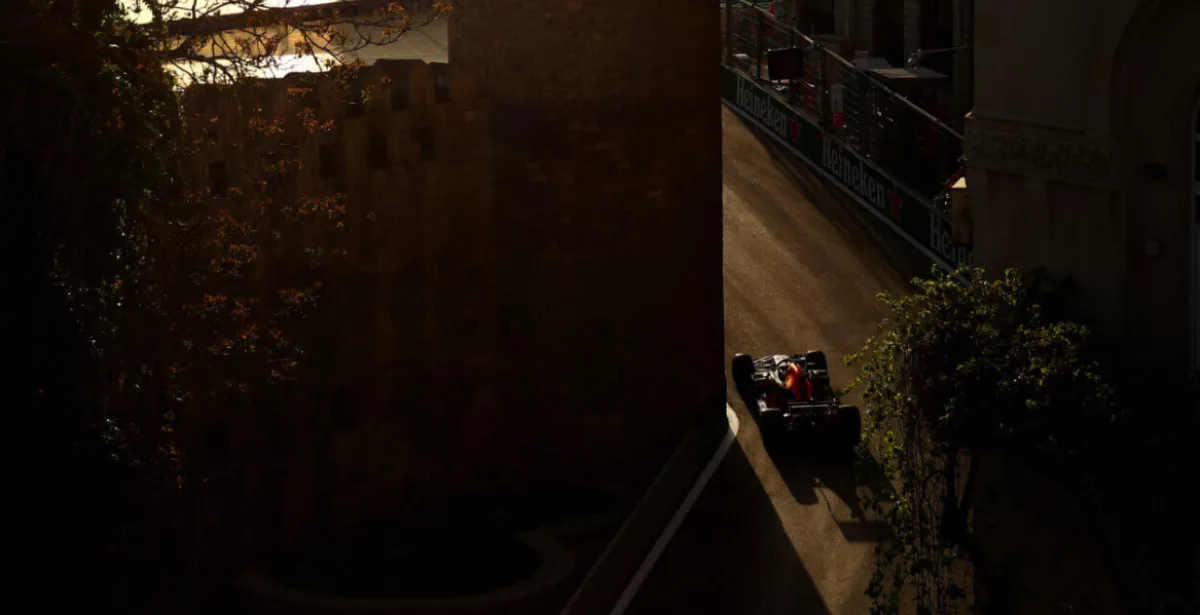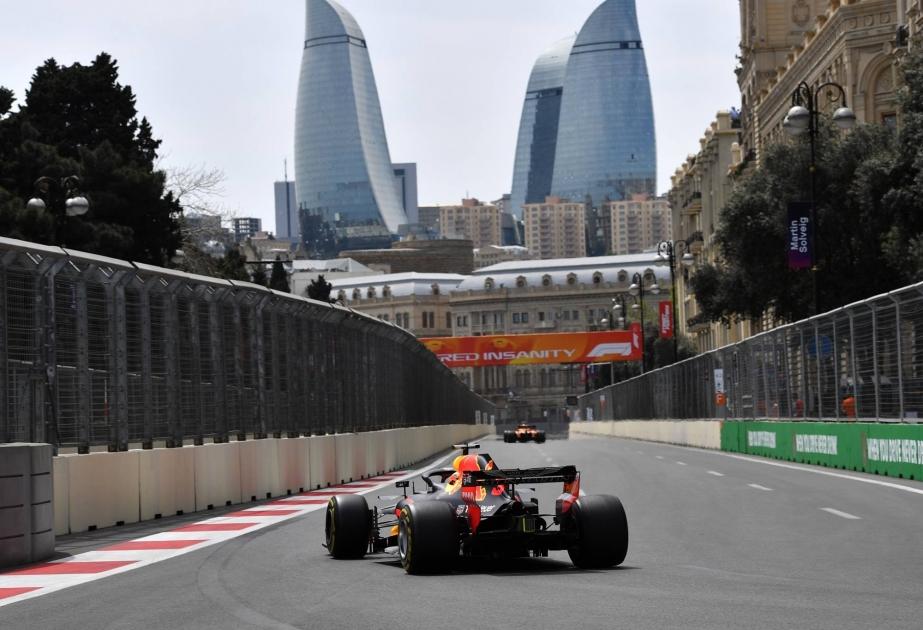Speed and precision in Baku: The most challenging track on the F1 calendar? Analysis by NYT
The American newspaper The New York Times has published an article dedicated to the Formula 1 track in Baku (Baku City Circuit). Caliber.Az reprints the piece.
The traditional annual European leg of Formula One’s world tour is complete again, with the sport now heading to Azerbaijan.
Located in eastern Transcaucasia, Azerbaijan lies between the Caspian Sea and the Caucasus Mountains. The country is known for the medieval Inner City, which is situated within the capital and site of the race, Baku.
Azerbaijan was part of the Soviet Union before becoming independent in October 1991. It wasn’t for another two decades that Baku’s racing association began with GT racing in the city, and F1 didn’t take the streets until 2016 in the form of what was then called the European Grand Prix.

The Baku City Circuit, home to one of F1’s longest straights, presents a unique mix of challenges. The layout is a blend of open space, such as the long main straight that runs up to Turn 1, and narrow passages between walls and buildings. The track’s margins are razor-thin in some areas, where even minor errors can lead to significant punishments, similar to Monaco.
“The trickiest thing in Baku is braking,” former F1 driver Daniel Ricciardo said in 2018, a year after he won the Azerbaijan GP. “There’s so many braking points where you have to commit and you have to brake as late as you can. But there’s no room for error. Once you’ve committed to that braking point, if you’ve locked a wheel, you’re in the wall. The hardest part about Baku is finding the limit with braking, and just having that confidence.”
This track has seen last-lap drama, clashing champions and plenty of overtakes. Before the drivers and teams hit the track again for the 2025 event in Baku, here’s what you need to know about a street circuit that mixes old with new.
Hermann Tilke designed the Baku City Circuit, and according to racingcircuits.info, the goal was to include multiple historic landmarks around the city. The final product, a six-kilometer-long track, passes the UNESCO-protected 15th-century Maiden Tower and the Palace of the Shirvanshahs.
Teams must opt for a more compromised car set-up at this track because of its varying demands — mainly with the long straight and low-medium speed corners. Former Racing Bulls technical director (now engineering director of Red Bull’s Advanced Technologies company), Jody Eggington, said in 2024 that Baku City Circuit “provides a good mix of challenges for the engineers and drivers, with a long straight requiring good aerodynamic efficiency, as cars can exceed 345 km/h, while the 20 corners, which are predominantly slower speed, make strong demands on braking and traction performance.”
Teams likely will trim out the downforce and opt for skinnier wings to help increase top speed, as the cars spend so long on the main straight. Then as the cars navigate the first sector, the drivers zip through the city’s government quarter and the drivers will have less downforce than would be ideal for the many 90-degree corners here due to the slim wings.

Those early corners (and heavy braking zones) take the drivers past some modern architecture, starkly contrasting the tight, walled streets in the Old City portion of sector two. Here, Baku is the home of the narrowest corner of the F1 calendar, Turn 8, which is just 7.6 meters (24.934 feet) wide at the narrowest part. But out of Turn 12, the drivers then go on a full-throttle run through Turn 15, home to a tricky downhill braking point.
Turn 16 is the first corner in sector three, which includes the wide boulevard of Neftchilar Avenue. Drivers can go full throttle to the end, and the lap starts again with the favored overtaking spot of Turn 1, where they can go three-wide in battle. Remember Ricciardo’s move here in 2017?
“The strong winds which come off the sea add to the fun,” said Mark Slade, a former race engineer for many F1 teams, including Haas until late 2024, said last year. “It has an unusual combination of being a narrow street circuit run with a low downforce level to suit the long fast run from Turn 16 back to Turn 1.”
Nailing this circuit comes down to confidence under braking for the drivers and how they strike a balance of aggression and caution through the different corner types around the course.








